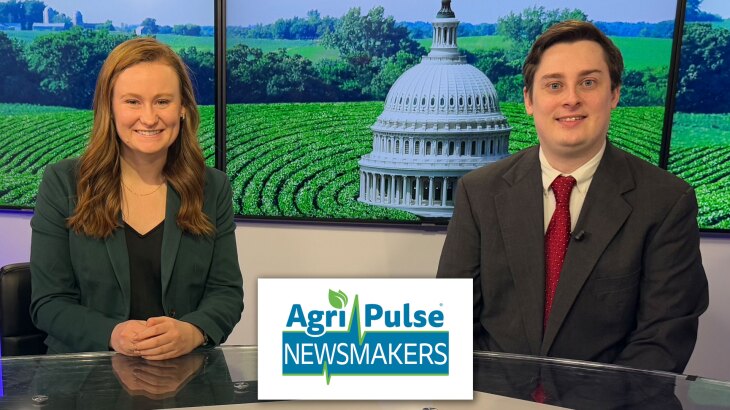The USDA is seeking to expand the monitoring and response efforts to High-Path Avian Flu in dairy cattle.
The Agency has outlined five stages to the national milk testing strategy in hopes of being HPAI-free in dairy cattle.
“Stage one starts with monitoring the large tanks and silos at milk processing facilities. We’ll be asking dairy regulators and dairy inspectors to sample milk at these processing facilities from each silo that contains milk intended for pasteurization; a screening stage that we want to put in place all across the country. Stage 2 is something that a state can decide to use to fast track them to demonstrate unaffected status, or identify that state as being affected by this virus and their dairy herd. Not only is the state conducting surveillance to identify other infections, but they’re also putting in measures to respond quickly and prevent the movement of that virus to other herds while that dairy is recovering from the infection. Once a state has conducted nonsignificant testing to demonstrate that there is no virus present, then they can be moved to an unaffected status. Once we get all the states in the country at stage 4 we can conduct at least 90 days of surveillance in order to demonstrate to the world that the us is free of this virus in dairy herds,” said Julie Gauthier.
USDA hosted webinars earlier this week, walking the dairy industry through the national milk testing process. Producers, regulators, and animal health officials all listened in.
Ag officials in Massachusetts are applauding the national milk testing strategy announcement. The state was the first in the nation to identify its 95 licensed dairy herds at 100 percent negative for HPAI through a series of tests. The state Ag Commissioner says it is critical to ensure public confidence and continue the viability of Massachusetts dairy farms.









